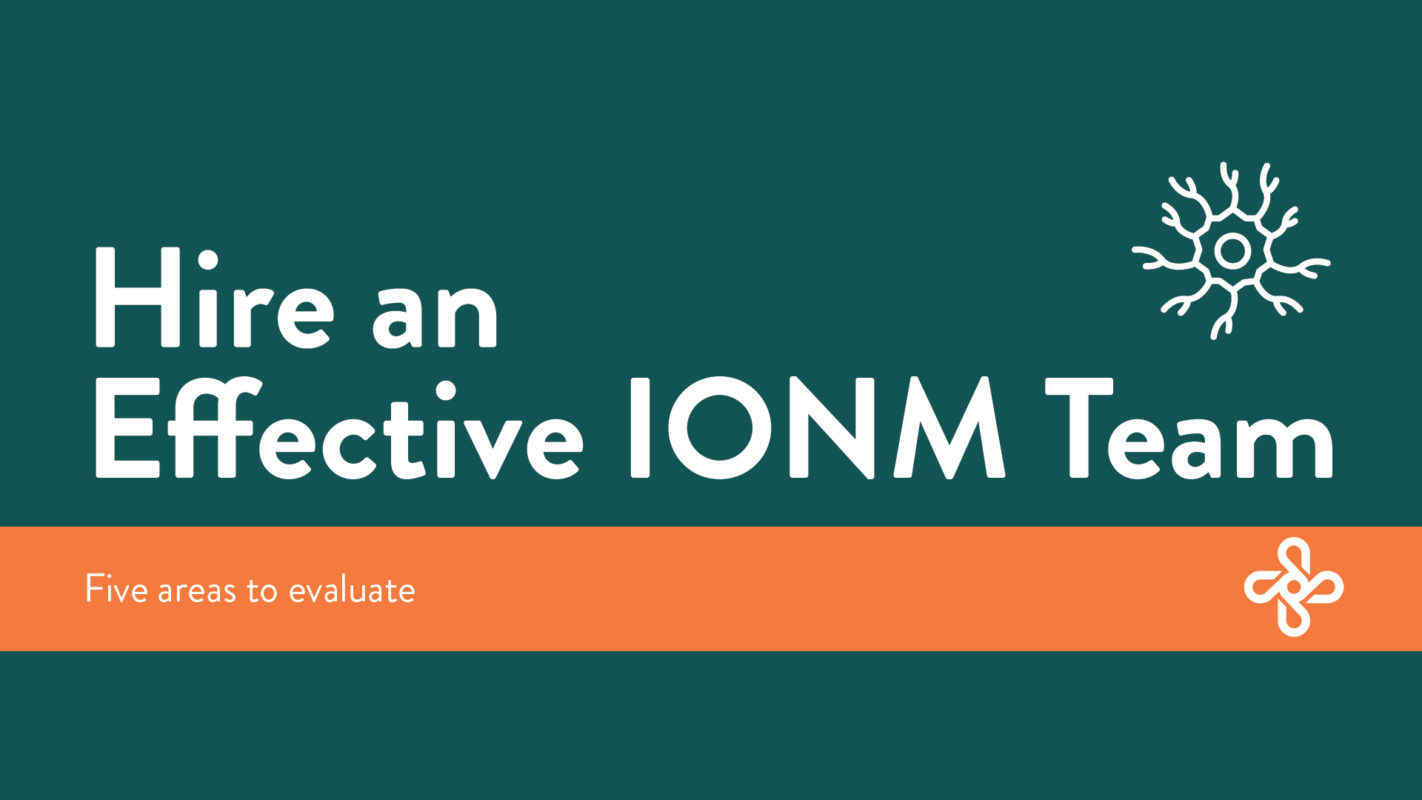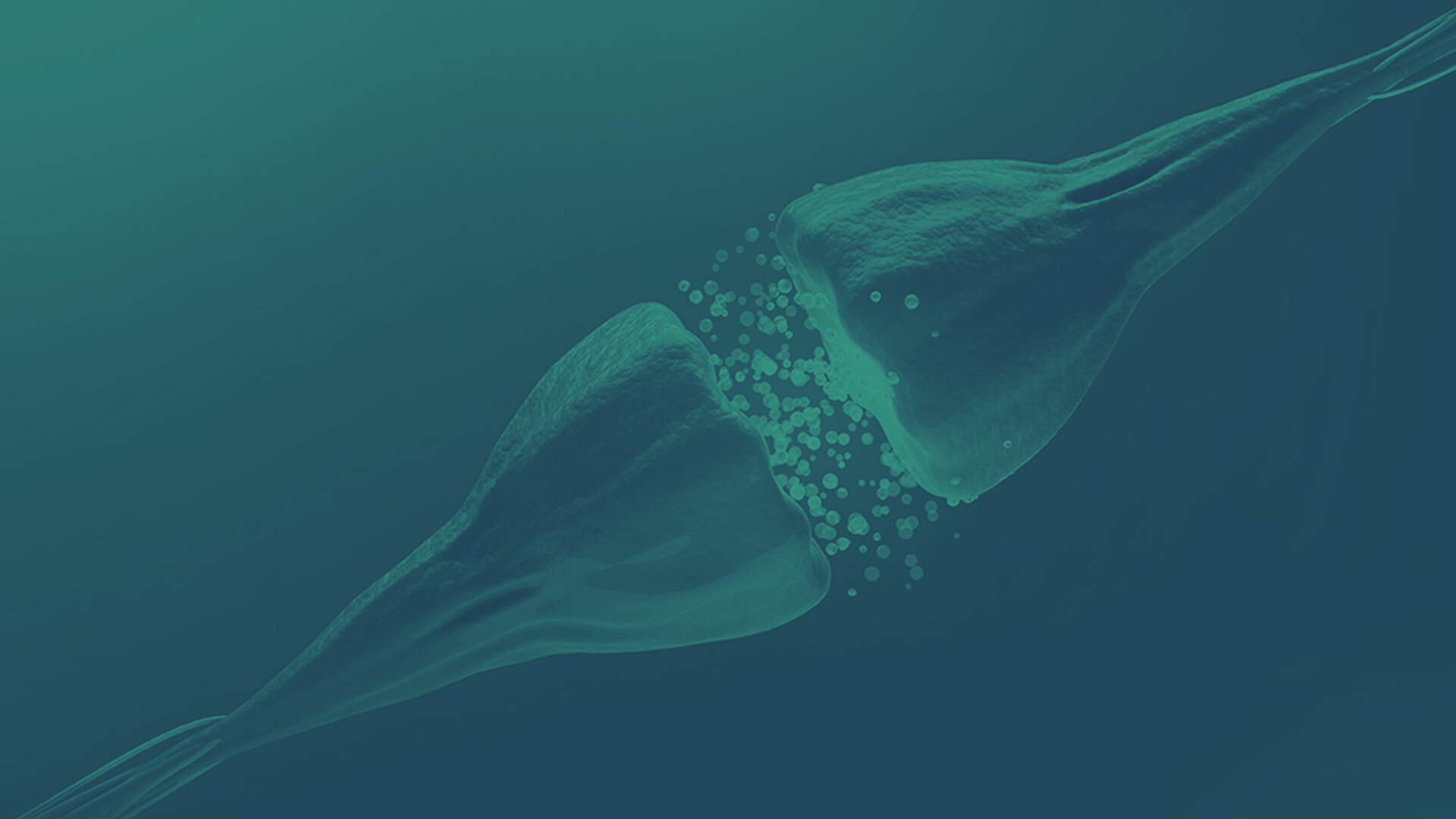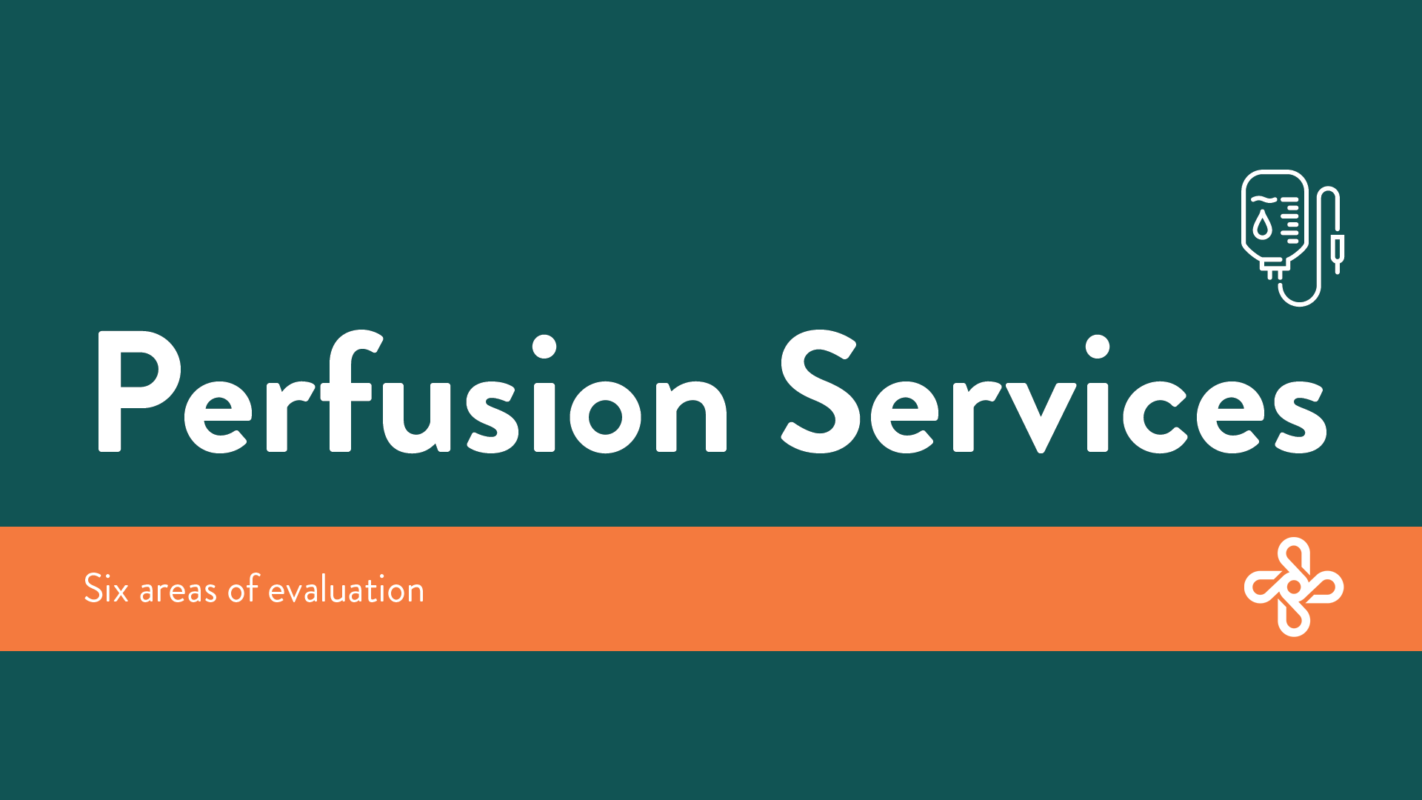
Cheryl Wiggins, AuD, DABNM, CNIM
Vice President of IONM Education and Clinical Performance
July 20, 2017
 Congratulations to the most recent graduates of SpecialtyCare’s Surgical Neurophysiologist (SN I) Training Program, all of whom passed the exam for Certification Neurophysiologic Intraoperative Monitoring (CNIM) on the first attempt. Every graduate of our SN I Training Program has achieved certification since the formal program was established in March of 2015, and 92% have passed the CNIM exam on their first attempt. This includes a 100% first-attempt pass rate in the last five consecutive cohorts. Our latest graduates are now officially part of the largest team of certified surgical neurophysiologists in the industry, and I’m very proud of what they have accomplished.
Congratulations to the most recent graduates of SpecialtyCare’s Surgical Neurophysiologist (SN I) Training Program, all of whom passed the exam for Certification Neurophysiologic Intraoperative Monitoring (CNIM) on the first attempt. Every graduate of our SN I Training Program has achieved certification since the formal program was established in March of 2015, and 92% have passed the CNIM exam on their first attempt. This includes a 100% first-attempt pass rate in the last five consecutive cohorts. Our latest graduates are now officially part of the largest team of certified surgical neurophysiologists in the industry, and I’m very proud of what they have accomplished.
Julie Trott, MS, CNIM, and Kristina Young, BS, CNIM, the program directors for SpecialtyCare University’s SN I training, do a terrific job of educating and inspiring our trainees. Under their leadership, our CNIM pass rate continues to far exceed the national average. I know they, too, are very proud of the hard work and dedication shown by our graduates. Currently, Julie and Kristina are teaching another 20 individuals who will be well prepared to take the CNIM exam within the next nine months.
SpecialtyCare requires national certification for all of our surgical neurophysiologists, but exam preparation is not the sole focus of our year-long program. The training extends far beyond that. As Julie explains, “This is unique in our industry. We aim to mold surgical neurophysiologists who can provide excellent patient care, rather than simply setting the bar at certification.”
 To accomplish this, we couple training in SpecialtyCare’s simulation operating room with stringent classroom work based on expert resource material. It is especially gratifying when that expert resource material has a direct connection to associates within SpecialtyCare, as is the case with the recently published 2nd edition of Monitoring the Nervous System for Anesthesiologists and Other Health Care Professionals. The chapter on “IOM Instrumentation Layout and Electrical Interference” is co-authored by Andrew Goldstein, CNIM, Manager of IONM Biomedical Services for SpecialtyCare. Another chapter, “Interventional Neuroradiology,” is co-authored by Anthony K. Sestokas, PhD, DABNM, FASNM, Chief Clinical Officer, Intraoperative Neuromonitoring. We are thrilled to have this resource in our training library and reference the material frequently throughout the syllabus.
To accomplish this, we couple training in SpecialtyCare’s simulation operating room with stringent classroom work based on expert resource material. It is especially gratifying when that expert resource material has a direct connection to associates within SpecialtyCare, as is the case with the recently published 2nd edition of Monitoring the Nervous System for Anesthesiologists and Other Health Care Professionals. The chapter on “IOM Instrumentation Layout and Electrical Interference” is co-authored by Andrew Goldstein, CNIM, Manager of IONM Biomedical Services for SpecialtyCare. Another chapter, “Interventional Neuroradiology,” is co-authored by Anthony K. Sestokas, PhD, DABNM, FASNM, Chief Clinical Officer, Intraoperative Neuromonitoring. We are thrilled to have this resource in our training library and reference the material frequently throughout the syllabus.
The evolution from a wide-eyed trainee to a professional surgical neurophysiologist capable of supporting surgeons in the most complex procedures is a metamorphosis that is truly awesome and, with every graduating class, I’m reminded of the tremendous group effort behind the scenes. Our clinical instructors, medical office staff, senior surgical neurophysiologists, remote monitoring professionals, and operations leaders provide support and guidance every step of the way. This spirit of teamwork not only makes the training program successful, it also makes the goals of clinical excellence, continuous improvement, and patient-centered care achievable. I am thrilled to be part of such a group and I cannot wait to see our newest team members grow into the next SpecialtyCare IONM mentors and leaders.
LEARN MORE ABOUT IONM
###
ABRET (American Board of Registration of Electroencephalographic and Evoked Potential Technologists) is the national credentialing board for Electroencephalographic (EEG) Technologists, Evoked Potential (EP) Technologists, Long Term Monitoring (LTM) Technologists, Neurophysiologic Intraoperative Monitoring (NIOM) Technologists, and Certification for Autonomic Professionals (CAP), awarding the credentials R. EEG T., R. EP T., CLTM, CNIM, and CAP. The organization encourages and promotes quality technical and clinical standards worldwide for neurodiagnostic technologists and laboratories through certification and accreditation.



Comments are closed.